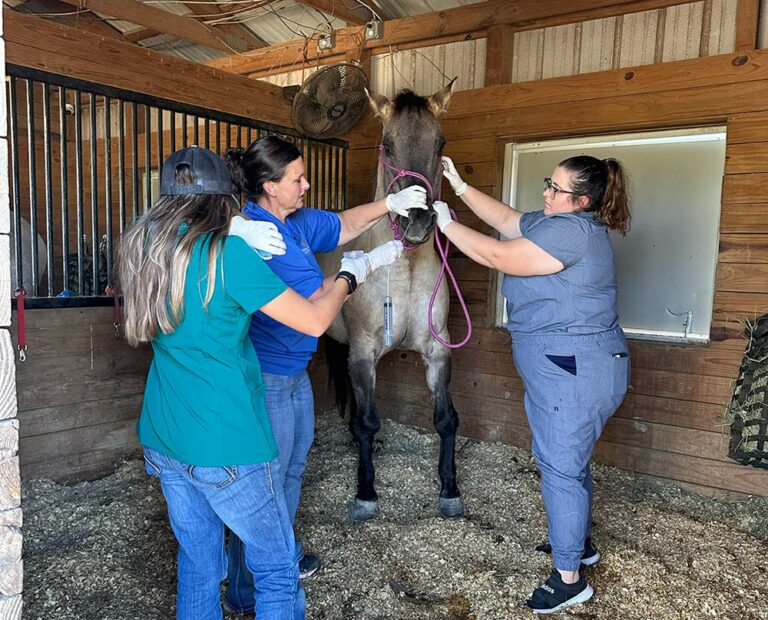At What Age to Shoe?
Questions involving the ifs and whens to shoe horses have been debated for years. There are those who will argue that a horse’s foot should not have metal attached via nails under any circumstances, while others will opt for shoeing certain horses















